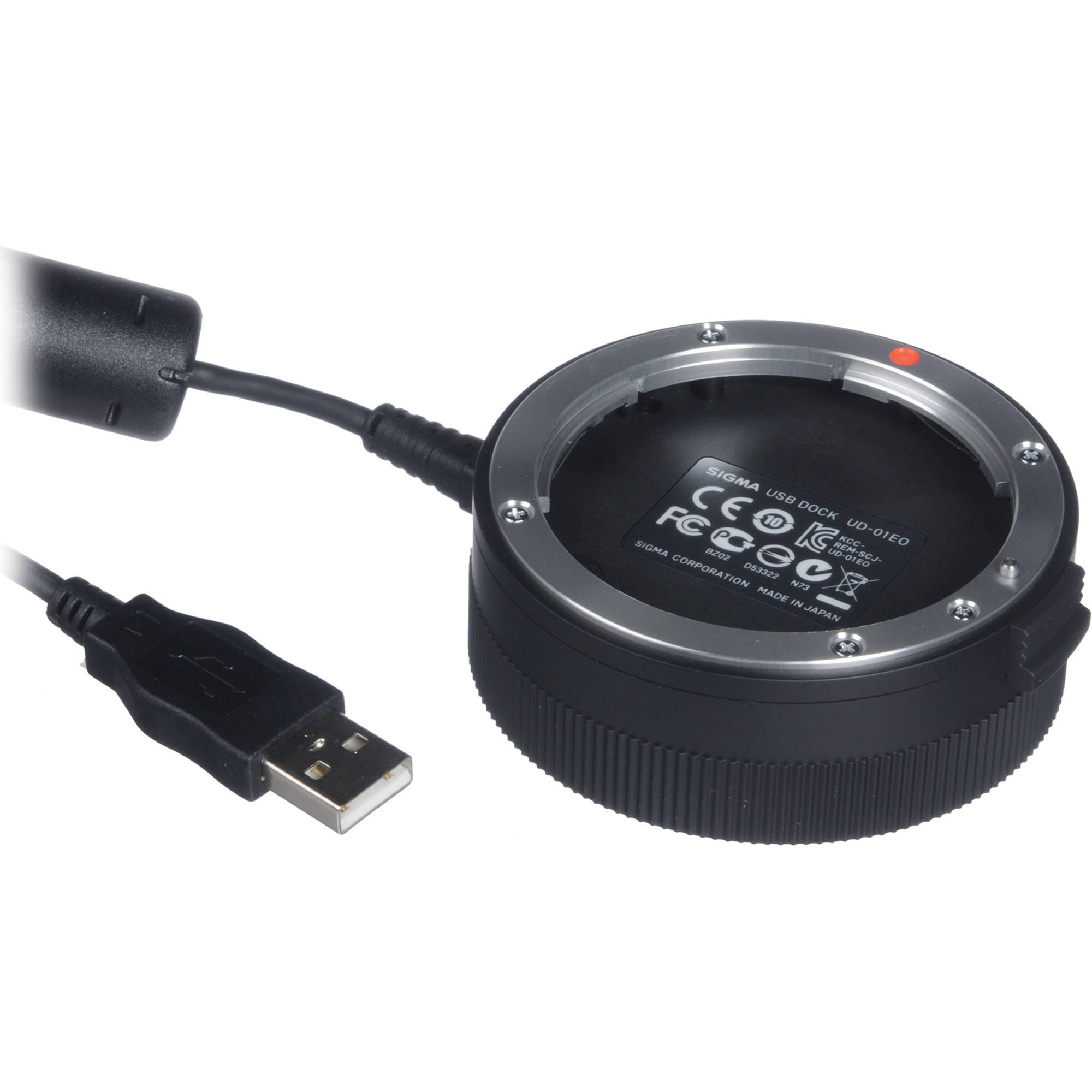

Dot Tune method invented by Fred Miranda. The most popular of that software by what seemed on overwhelming majority is FoCal from Reiken.ģ. Tethering your computer to your computer you can have software figure out what AFMA value most consistently has sharp focus where the focus point is. You can use DIY targets here with a ruler or tape measure, but paid for targets simplify things and are nicer to use.Ģ. Ruler method – setting up a ruler target on a 45 degree angle and then shooting shots with different AFMA values set through the camera menu to find which one most consistently results with sharp focus right where the focus point was placed in the scene. Jeff outlines 3 methods or processes to doing AFMA that seem to have almost equal support in the photography community with fanboys for each one:ġ.

The camera needs to be a specific distance from the target. The camera needs to be as level with the target as you can make it.ġ0. Set your focus mode to single shot on Canon, af-s on Nikonĩ. Set the focus point to use the single, center focus point.ĥ. Set your aperture to the very widest setting (f/2.8, f/1.8, f/1.4).Ĥ. Set your shooting mode to aperture priority.Ģ. Jeff talked about an 11 point setup needed to do AFMA:ġ. Not all DSLR cameras have the feature to do AFMA, but if it does then it is something worth doing – especially if you shoot portraits using narrow depth of field. Jeff talks about how autofocus micro adjustment (AFMA) is something specific to DSLR cameras, not needed and therefore not offered in mirrorless cameras. Why do it? When to do it? How important? Is it obsessive or necessary? Use a Lenscal device or just something you print yourself? Here’s a Photo Taco episode if there ever was one: AF Microadjust/Fine Tune. Jeff Harmon answers year old listener question from Improve Photography writer Aaron Taylor:


 0 kommentar(er)
0 kommentar(er)
